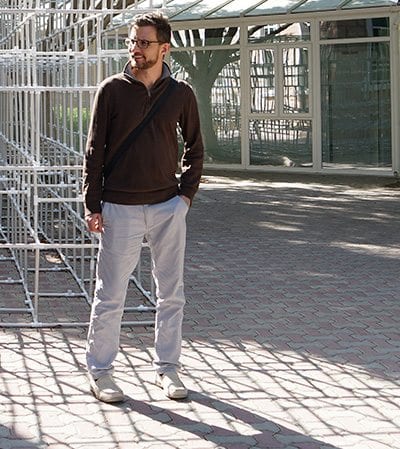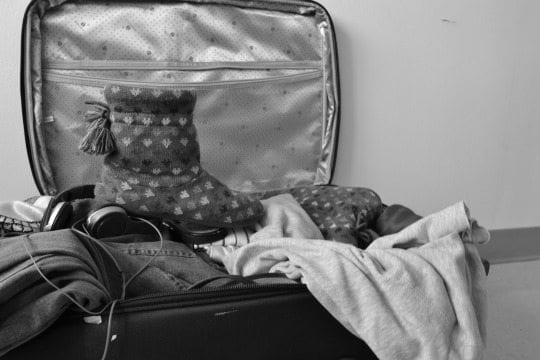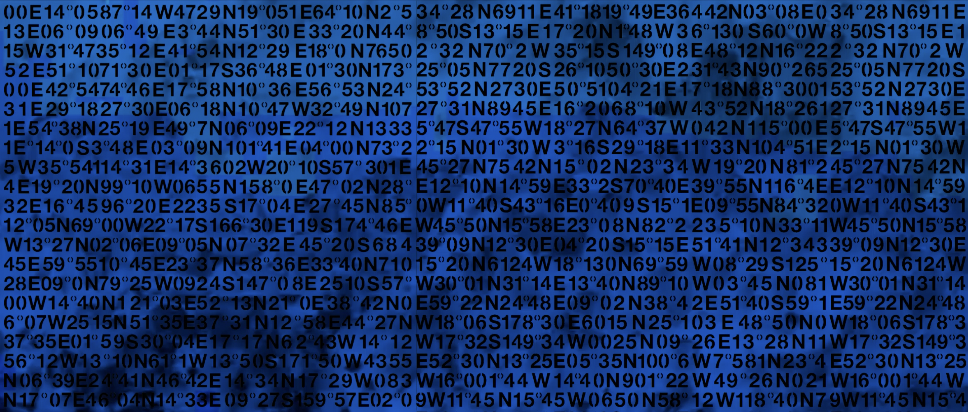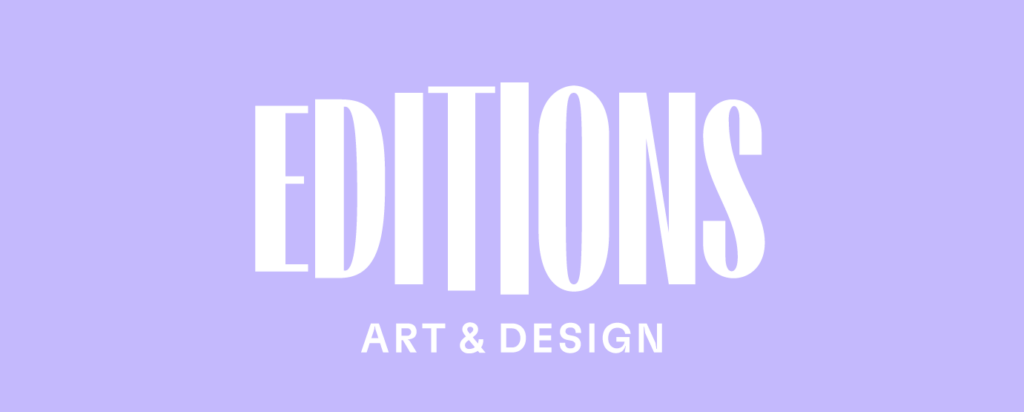Art Dubai’s annual, internationally-lauded community arts school, Campus Art Dubai (CAD) kicked off in October. CAD provides UAE-based artists, curators and writers with the skills and ideas needed to further their careers and take their practices to the next level. The group attends critiques, workshops and seminars based around this year’s theme On Engagement: Rethinking Investment. Each session is led by Uzma Z. Rizvi, Murtaza Vali and Lantian Xie as well as a carefully selected group of local and international guest tutors to co-present and teach.
This year’s core group includes Noush Anand, Layan Attari, Mona Ayyash, Reem Falaknaz, Nadine Ghandour, Riem Ibrahim, Uns Kattan, Sophiya Khwaja, Flounder Lee, Zara Mahmood, Sara Masinaei, Noor Danielle Murteza, Milena Pejovic, Moylin Yuan, Taibah Albisher and Rumaitha Alshehhi.
We caught up with the participants to gain insight into their practice and discuss some of their projects:
Noush Anand’s area of research, and her multidisciplinary work, seeks to explore questions of belonging, intersections of culture, and the democratisation of art-making through accessible/technology.
NA: “I’ve been exploring time-based work, and at this stage, I am moving towards broadening my techniques for viewer/artwork exchange. I’m currently learning various technological tools to add another dimension to my work- interactivity, and responsiveness to environment/circumstance. At this nascent stage, I am learning basic coding, circuitry and electronics. My aim is to eventually weave this technology with my painting/performance practice. I am studying certain biological traits of insects with a focus on their social behavior. I’m interested in drawing parallels with human social behavior in politics, history and culture.”
Layan Attari’s practice involves explorations within design, illustration and documentary photography.
LA: “As an artist, I am interested in exploring themes found in social histories in the region. My recent explorations have fallen within different sub-genres of documentary and vernacular photography. My current focus is integrating urban landscape photography into my practice.”
Mona Ayyash recently completed an MFA in Studio Arts at Concordia University and now lives in Dubai.
MA: “One, Two, Three, Four is an ongoing compilation of found footage of international sporting events, manipulated to shift the focus to the fragmentary gestures of the body. By stripping the clips from their original context, I also eliminate the narrative of success and failure from the sport. The subjects are left to swim, step, bend, or lift endlessly in a loop, without a result. I call this repetition counting. The figures settle into their own rhythm, as if counting at their own pace: one, two, three, four.”
Reem Falaknaz is a photographer and filmmaker from the UAE. The nature of her job allows her to travel around the Emirates, where she records and collects narratives from the city’s inhabitants.
RF: “I was commissioned to produce a body of work for a show focused on the themes of cultural identity, migrations and trade. I produced a film on Afghani coppersmith, Ghulam Mohammed Andalib. For the last three years, Ghulam travelled from Afghanistan to Dubai for work. He’s here for a period of four months, and based at Global Village where he engraves poems from Hafez, Saadi, or Qur’anic verses for visitors. Stepping away from my traditional documentary approach, I wanted to bring two shared loves, of two seemingly different men, together. The film shot is from the late Sheikh Abdulaziz Al Qassimi’s abandoned palace in Ras Al Khaimah, who also had a passion for Persian poetry and miniatures, which can be found hand-painted on the house walls.”
Nadine Ghandour is a multimedia artist who works on visual research projects focused on the themes of oil, capital, and the politics of the map. Her work spans a variety of media from printmaking to sound pieces and animation.
NG: “I recently returned from a trip to West Bengal, India where I was working on a collaborative visual research project with reportage artist Chloe Wyatt. We spent two months investigating the physicality of the border regions, delving into the fictitious world of maps and navigating our way to as many official and unofficial border crossings as we could.”
Riem Ibrahim is a Co-Founder of Möbius Design Studio and currently holds an Assistant Professorship at the American University of Sharjah.
RI: “I’m currently involved in the curation of the fourth edition of Design House, an exhibition and context that showcases a selection of multidisciplinary design projects within a curated space. The exhibition aims to bring together designers from various disciplines that are tied together by their boundless curiosity and continuous inquiries about design as an activity. This year’s theme Change, Coordinates + Someone Else explores how designers can ignite social change by channeling their skill sets to directly respond to the needs and demands of a person or a group of people. Presenting the work of eight designers, Design House is scheduled to open in mid-December.”
Uns Kattan is interested in artistic practices as a tool for social development and exploration. She previously managed the Global Art Forum talks and other educational programmes at Art Dubai and served as a curatorial assistant and researcher at the Sharjah Art Foundation.
UK: “My most recent research post was assigned by Sharjah Art Foundation for the upcoming Sharjah Biennial 13 titled Tamawuj (taking place 10 March – 12 June, 2017). The research included working alongside Sharjah Biennial 13 Curator Christine Tohme and artist Kader Attia as interlocutor. Assigned research resulted in writings and findings on the themes of ‘Water’ and ‘Culinary’, referencing subjects in anthropology, sociology, history, geography and economy of the UAE.”
Sophiya Khwaja studied at the National College of Arts in Lahore and then attended the Rhode Island School of Design on a Fulbright scholarship for her MFA. Her work is represented by the Cade Tompkins Projects in the USA.
SK: “My current research delves into issues relating to spaces that are inaccessible for the female form to approach or interact with. Weighed down by censorship and objectification, many times the female figure is literally clothed or ‘robed away’ from such spaces. My new work physically restructures the female form in an attempt to overcome this censorship and objectification. Having executed work where the female body is malleable, twisted and bent, I have now begun to interrogate my relationships and interactions that lead to the violent nature of this execution along with uncontrollable need to access those inaccessible spaces within the paradoxes of being in a modern Muslim society.”
Flounder Lee is an artist, educator and curator, and currently working as Assistant Professor of Studio Art at the American University in Dubai.
FL: “Currently, I am working on a video installation that deals with the past, present, and future of water management. The past is typified by the Aral Sea where bad Soviet irrigation planning doomed much of the sea. The present is set here in Dubai, where the desert is turning green. For the future, I’m focusing on how the lessons learned on Earth can be used to plan the colonisation and possible terraforming of Mars. The third part also leads where I want my body of work to progress towards: science of the future.”
Zara Mahmood is currently working as an Adjunct Professor of Visual Communication at the American University in Dubai and Zayed University (Dubai Campus), and is a member of Dubai-based alternative rock/electronica band Sail Into Night.
ZM: “My latest works focuses on plants that demonstrate thigmonasty (a movement that occurs in response to touch or vibration). These works touch upon stigmatisation and the unease that accompanies the co-existence of different bodies/ideologies. The works take the form of ink drawings, one of which has been made into an animation on a loop.”
Sara Masinaei uses a variety of mediums, and attempts to approach a range of socio-cultural topics in a multilayered manner to debate original ethnic and global cultural narratives beyond subjective limits in the contemporary moment.
SM: “In my latest project, a performative practice develops involving an unapologetic contortion of a ‘home’s’ topography by painting pavements, streets, manhole covers and various urban features and transferring particles off the surfaces and the colors to sheets of canvas; these ephemeral contortions produce permanent residues as exculpating sentimental trophies culminating in a series of albeit modest prints. The pieces become at once as individual as well as collective profiles of the landscape; the intimate study yet intrusive contact with the surface and markers of the city-sweeping, moistening, caressing, coloring, pressing and pealing a canvas off the body of the city, resulting in flattened objects which become the figure and textile of an alternative primogeniture.”
The photography of Sara Masinaei’s work was taken by Arya Abolhassani.
Noor Danielle Murteza is an artist, a designer, and an avid writer. She is currently studying at the University of Sharjah, majoring in Interior Architecture and Design.
NDM: “As lifelong expatriates, my family and I have become experienced travelers. In this age of continuous movement, the idea of a home is a treasured one. The best feeling in the world is packing to go home. In my art, I like to explore the commonplace feelings to which everyone can relate. My most recent work speaks to the fragile nature of the expatriate’s identity. Moving from country to country, district to district, and house to house, a sense of transience becomes ingrained.”
Milena Pejovic is an art historian from Montenegro, currently working in Abu Dhabi as an art consultant.
MP: “I have lived in different countries and gotten used to the idea that the past can sometimes be more uncertain than the future, which in turn sparked my interest in researching the historical processes that caused these major historical shifts, especially through the prism of art and cultural production. I curated an exhibition last year at the National Library of Montenegro that dealt with these issues, and researched the materials that were published during WWII and in its immediate aftermath in order to deconstruct the phenomenon of the female war hero and her contribution to the constitutionally protected right from 1946 that guaranteed equality to women ‘in all aspects of governmental, economic, social and political life’.”
Moylin Yuan is a self-taught designer and an animation graduate. She has been based in Dubai all her life and occasionally creates modular origami sculptures.
MY: “One of my favourite projects was the Language series produced for Brownbook magazine – certain issues would feature a booklet on rare or endangered languages in the region. Each booklet contained different words or sayings reflecting the culture (eg: Dhivehi has over 10 terms for ‘coconut’), demanding a deeper understanding of the language by the team. I really enjoyed illustrating and designing for the series.”
Taibah Albisher graduated from New York University with an MA in Museum Studies and a BA in Italian from Univeristy College London. Focused on research and curatorship, her specialisation lies in contemporary art practices and forms in the MENA region.
TA: “When conducting research on arts and culture in the region, I survey it with the mindset that we are in the pre-writings of our history. With the help of Walid Raad’s latest art project, Scratching On Things I Could Disavow: A History Of Art In The Arab World, though understandably apocryphal, I’ve been analysing the impact of the mega museums and infrastructures rising in the Gulf on Arab art histories, and more importantly the state of ‘Arab’ in contemporary regional art history.”
Rumaitha Alshehhi is working towards a career in academia.
RA: “A recent project I worked on was investigating the possibility of different meanings of veiling and misveiling in a setting that imposes hijab. By moving beyond hegemonic discourses on the hijab, it becomes possible to explore more nuanced and complex narratives. Through various practices of veiling and misveiling, women negotiate class, status, and even leisure. In such negotiation, women construct alternative meanings and narratives of hijab.”
Campus Art Dubai is part of Art Dubai’s educational programming. It is held in partnership with Dubai Culture & Arts Authority and supported by Dubai Design District (d3).
More information about Campus Art Dubai is available here.




























